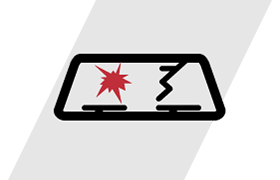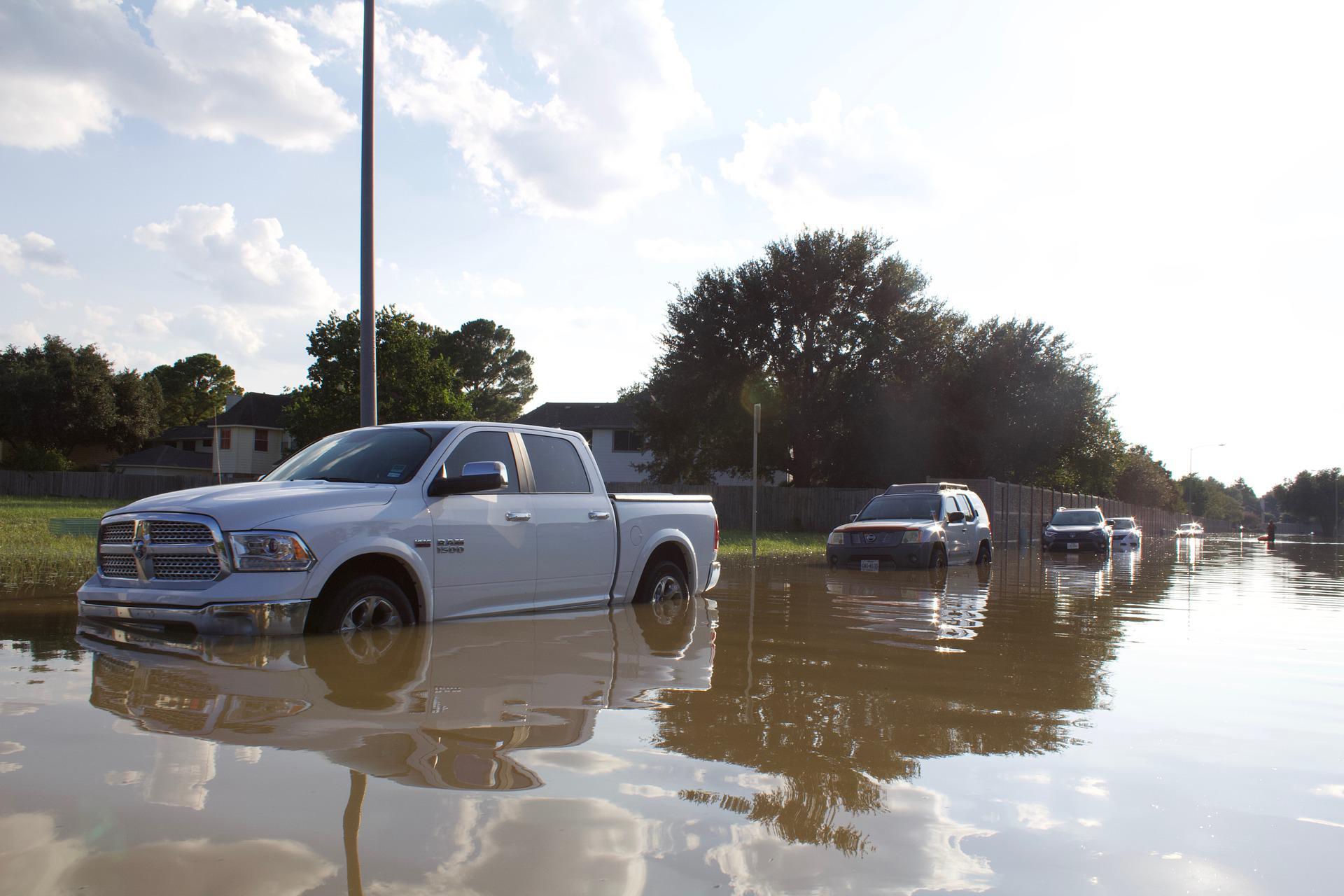Floodwaters can be catastrophic for many reasons. Not only do they have the potential to destroy farmland, businesses, and homes, but they can also pose significant damage to vehicles. If you discover that your car has been partially or completely submerged in floodwater, it’s highly likely that it has sustained damage. The best thing you can do is to have your vehicle professionally inspected by a trusted mechanic, who can assess the flood damage and provide recommendations for next steps.
Can Water Damaged Cars be Saved?
Certain variables determine whether cars that have sustained water damage can be repaired. For instance, vehicles submerged in saltwater are much more likely to be totaled, which occurs when the cost of repair is greater than the car’s value. On the other hand, if your vehicle was impacted by fresh water, the likelihood of repair is higher, but it’s imperative that all mud and silt be removed.
The amount of water also plays a role. Cars partially submerged in just a few feet of water are likely to be fixed, whereas those almost or completely underwater are more costly to repair. Another important factor to consider is where the damage occurred. If the fixes simply include replacing floor mats, carpet, upholstery, or door panels, your car can easily be saved. However, if electrical issues arise, the cost of repairs can quickly skyrocket.
Overall, it’s important to seek assistance from an expert mechanic, as they possess the knowledge and skills to guide you through the repair process. The technicians at Auto Beauty Specialists in Olivette, MO, are experienced in flooded car restorations, and will do everything in their power to get you back on the road in a timely manner.
What to Do if Your Car Has Water Damage
When a vehicle is affected by floodwaters, the process to repair, as well as the damage itself, can be complicated. If you find yourself in a situation where your vehicle was submerged in water, you can perform a series of steps that may increase the chances of a favorable outcome:
1. Don’t Start the Engine
Once you discover your vehicle was impacted by flooding, don’t attempt to start it, even if the waters have subsided. If water is present in your vehicle’s engine as you turn the ignition, it can hydrolock, meaning the piston won’t fire as it should. As a result, significant damage will occur, leaving you with a totaled car.
2. Move Your Car to Higher Ground
It’s important that you act quickly, as the likelihood of extensive damage rises the longer a vehicle remains in water. As soon as you notice that your car was impacted, call a towing service immediately. They’ll be able to move your vehicle to higher ground so you can minimize further damage.
3. Survey the Damage
Once your car is away from floodwater, assess the damage. In many cases, you’ll be able to see the water levels as it relates to your vehicle in the form of a line, thanks to the mud and silt. Be sure to take photos of any noticeable damage, as doing so will help you in the insurance process.
4. Dry Your Vehicle as Much as Possible
It’s crucial to get as much moisture out of your vehicle as you can to minimize potential damage. Plus, if you leave the vehicle as-is, it’s likely that mold will grow and a musty smell will develop. When drying your car, don’t use a regular vacuum – instead, opt for a wet or dry vacuum to prevent electrical shock. It also helps to ventilate your car by opening all doors or using fans.
5. Take Your Car to a Mechanic and File a Claim
After drying and ventilating your vehicle, arrange a towing service to transport your car to a trusted auto repair shop. The technicians will assess the damage, taking note of any remaining water, and create an estimate for the cost of repair.
The next step you should take is to file an insurance claim. Your insurance company, along with the help of your mechanic, will work together to determine the cost of repairs compared to your vehicle’s value. At Auto Beauty Specialists, we are your liaison with the insurance company, handling communication and the process itself. We’ll be there every step of the way and will inform you on your options, as well.
How to Fix a Flooded Car
When your vehicle is inspected by a mechanic, they’ll conduct an in-depth analysis of all potentially affected areas. For example, they will inspect the oil dipstick for water droplets, which may indicate that there’s water in the engine, too. If water has affected the engine, the cylinders, piston, and other crucial parts will need to be removed to check for signs of corrosion.
Additionally, technicians will inspect your car’s interior and remove any excess water. Your vehicle’s electrical system will also be investigated by testing features connected to the wiring, such as:
- Headlights
- Taillights
- Turn signals
- Power windows
If damage occurs to any electrical component, it’ll have to be replaced. Further, the mechanic will inspect your brakes, power steering, clutch, and coolant reservoirs. Some forms of electrical damage can be fixed or replaced, such as your fuse box or modules, but those repairs will likely be expensive. It’s important to note, however, that electrical issues can quite possibly cost more than what your car is worth.
Other important areas your mechanic will inspect include the fuel tank and line. A special pump may need to be used to remove fuel so they can see whether water seeped through. If water is present, it’ll be obvious, since it will be separated from the gasoline. Then, they’ll empty the fuel tank completely.
Once the inspection is complete, they will present an estimate of the repair costs. The estimate will also be submitted to your insurance company, so that they can determine a dollar amount to compensate you. If the repairs can be made, great! Your mechanic will perform the necessary fixes. If the insurance company deems your car as totaled, you’ll probably have to begin the car buying process.
Auto Beauty Specialists is Here to Help
Auto Beauty Specialists has been the premier St. Louis auto body repair shop for 55 years. Customers have come to trust our services, regardless of their vehicle’s damage. We value honesty and full transparency when conducting estimates and repairs, so you can be confident that the service you receive is accurate. Plus, we work with all insurance companies, so you don’t have to. If your vehicle has sustained water damage from flooding, we can help! Contact us today to learn more and get started.

 Collision Repair
Collision Repair Fleet Collision Repair
Fleet Collision Repair Dent Repair
Dent Repair Glass Replacement
Glass Replacement Aluminum Repair
Aluminum Repair




